Circular agriculture has great potential but “resources” are limited
First of all, it can be seen that circular agriculture is an integrated model of the “value chain” including: Production, processing, consumption associated with the reuse of by-products, resource optimization and waste reduction. Accordingly, this is a suitable strategy for Vietnam, which has more than 70% of rural land area and agricultural labor, but in reality is currently facing a serious decline in land and water resources and climate change.
According to information from the Ministry of Agriculture and Environment , if circular models are applied in cultivation, livestock and aquaculture, Vietnam can reduce input costs by up to 20%, while cutting greenhouse gas emissions by up to 40% in some industries. However, it is worth mentioning that the initial investment costs for technology, waste treatment, recycling equipment, labor, etc. require large capital.

Although there have been many positive moves by credit institutions, however, in reality, implementation still faces many barriers, mainly due to the lack of a clear legal framework for classifying green credit in agriculture. Currently, Vietnam does not have any specific criteria to define what a “green” circular agricultural model is, leading to confusion in project appraisal.
At the same time, and also the "key" point, agricultural enterprises and cooperatives often lack the capacity to prepare documents, do not meet the requirements of financial transparency, emission reporting or environmental impact assessment processes, which are conditions for accessing preferential capital from banks or international financial institutions.
According to an agricultural credit expert of ADB Bank in Vietnam, “We have approached many models of processing rice by-products and straw very effectively. However, when assessing to grant green credit, there is not enough scientific evidence to evaluate environmental efficiency, due to the lack of a system to measure and verify emissions, this is an inherent weakness.”
Banks - Effective "green capital pumping" channel
Given the current potential, advantages, and challenges of Vietnam’s agricultural sector, there is a need for synchronization in all stages from policy mechanisms to production, distribution, and consumption. In that context, green capital from the credit institution system is expected to be an important “lever” to promote the development of circular agriculture.
Accordingly, some major banks such as Agribank, BIDV, VietinBank, Vietcombank have had preferential interest rate programs for loans for clean production, organic agriculture or resource-saving models. With the widest network in rural areas, Agribank is implementing a green credit package with interest rates of 4.5-6%/year, prioritizing circular livestock farming models, processing by-products into organic fertilizer or biomass electricity production. By the end of 2024, Agribank had disbursed about VND 28,000 billion for agricultural production models applying green technology.
According to BIDV leaders, the bank has built a list of “green” projects in agriculture, with clear criteria: saving water, not directly emitting emissions into the environment, using renewable energy or recycling by-products. BIDV also cooperated with the World Bank (WB) to deploy preferential loans through the Sustainable Agriculture Development Program in the Mekong Delta (SACRI), with the expectation of providing more than 500 million USD in the period 2024-2030.
Therefore, a green financial ecosystem is needed for agriculture. For green credit to truly become a support for circular agriculture, it is necessary to establish a complete green financial ecosystem, from policies, technical criteria to risk support mechanisms. Some notable recommendations include: Issuing a national green classification framework, including specific subgroups for circular agriculture, agreed upon by the State Bank, the Ministry of Finance and the Ministry of Agriculture and Environment.
The issuance of a national green classification framework, including a sub-group for circular agriculture, is an essential step to be able to: Standardize green criteria in investment and credit; Prioritize and effectively direct resources; Create momentum for green and circular agricultural transformation; Enhance transparency, promote integration and sustainable development.
In addition, it is necessary to strengthen the green credit guarantee mechanism through the Vietnam Environmental Protection Fund or the Green Agriculture Development Fund to minimize risks for banks. Support training and technical advice for businesses, especially cooperatives and small businesses in project planning, environmental impact assessment and production process standardization.
It can be seen that green credit is one of the important keys to transforming Vietnamese agriculture from “brown” to “green”, from spontaneous production to sustainable, ecological production. However, to promote this role, a synchronous ecosystem is needed including appropriate policies, flexible financial mechanisms, technical support organizations and especially changes in awareness and actions of each farmer and business.
Green credit cannot fully develop its value if it stops at preferential interest rate policies. As an intermediary in capital mobilization and allocation, banks need to go further – becoming a consulting partner, a guide and a “bridge” between farmers, businesses and domestic and international green financial resources. Only then can circular agriculture become a “green pillar” for a low-emission and sustainable economy.
In particular, as international capital flows are shifting strongly into sustainable development sectors, the role of credit institutions becomes increasingly crucial in acting as a “bridge” between global commitments and local actions. So how have Vietnamese banks prepared to adapt to the global green finance trend? Which green credit models are being effectively implemented in the banking system? And what are the barriers that need to be removed so that green finance can truly spread widely in economic sectors?./.
Source: https://baodaknong.vn/tin-dung-xanh-bai-4-von-xanh-be-do-cho-nong-nghiep-tuan-hoan-254457.html



![[Photo] Discover unique experiences at the first World Cultural Festival](https://vphoto.vietnam.vn/thumb/1200x675/vietnam/resource/IMAGE/2025/10/11/1760198064937_le-hoi-van-hoa-4199-3623-jpg.webp)
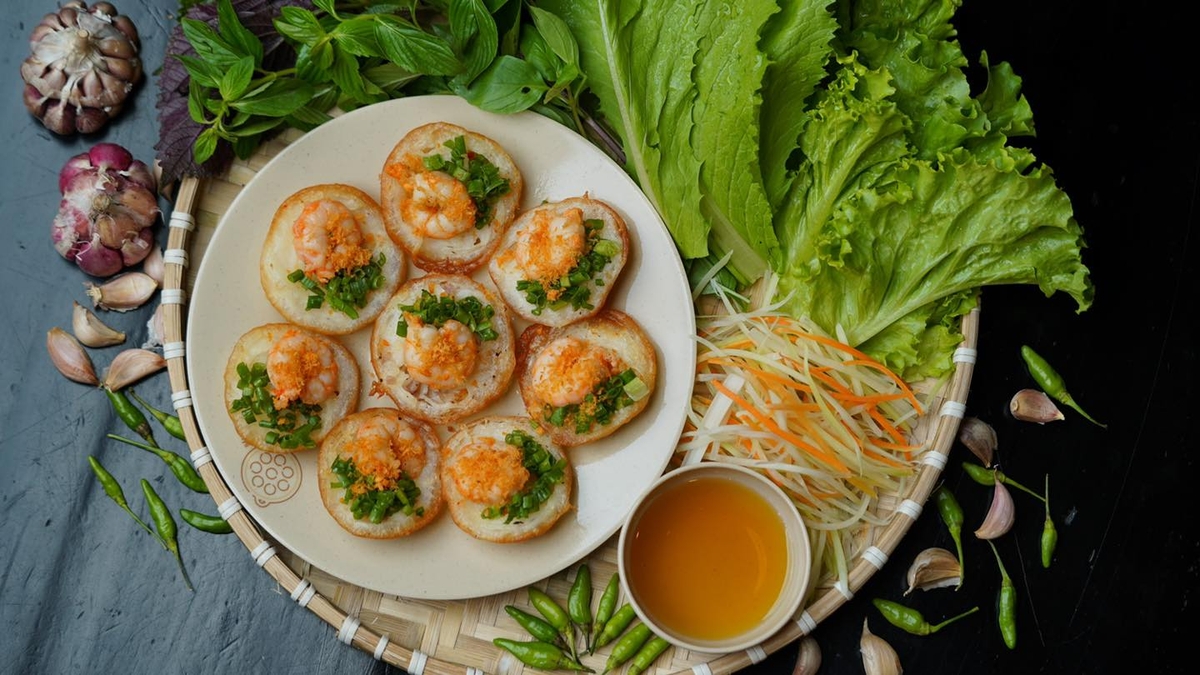

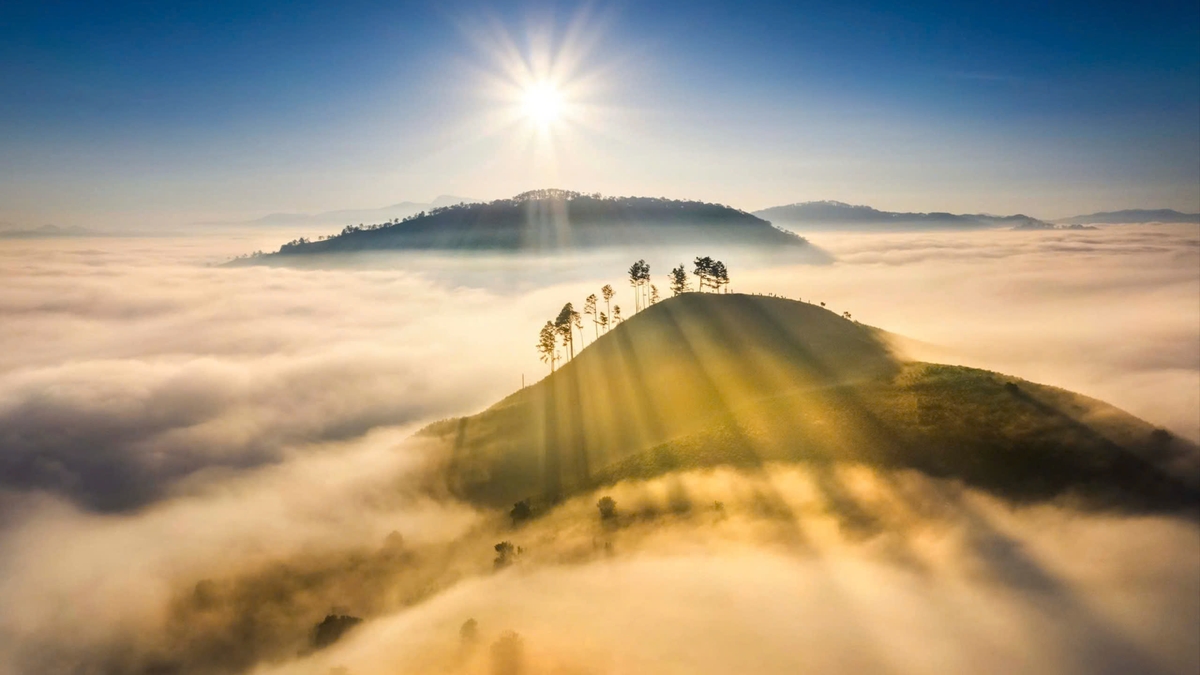
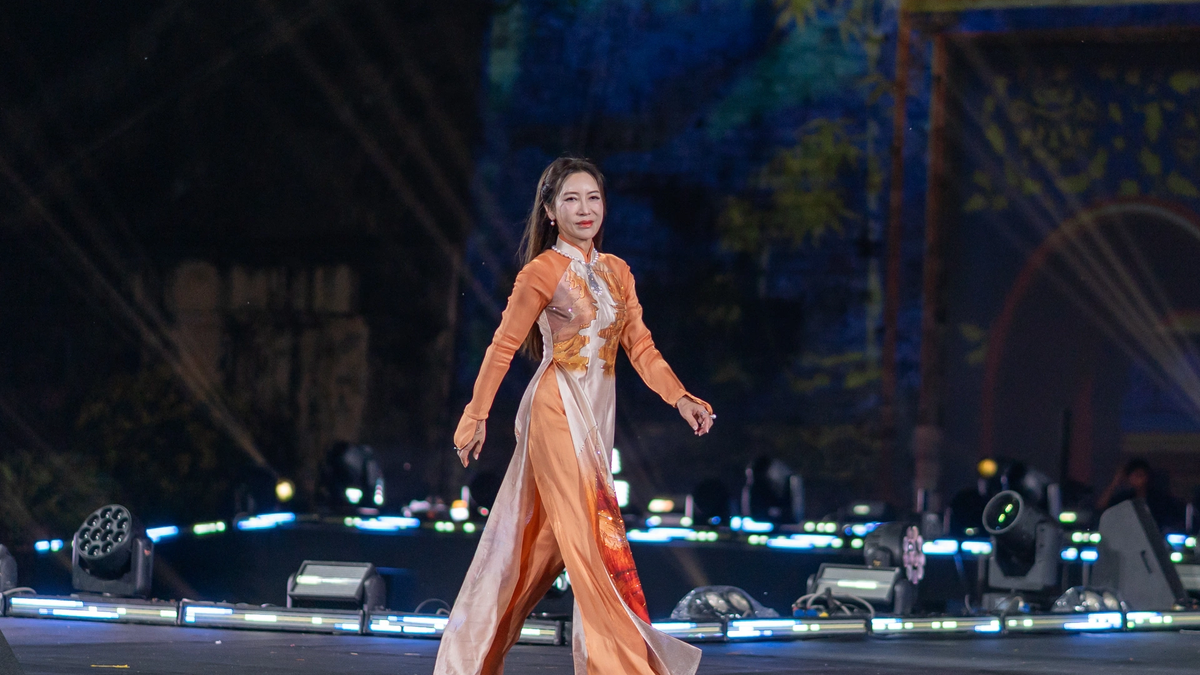
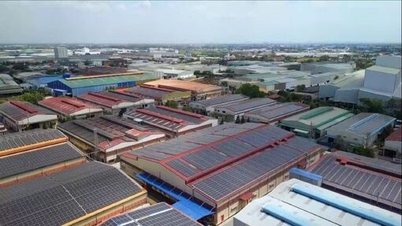

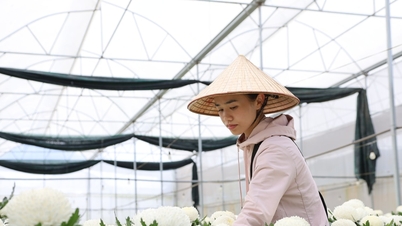



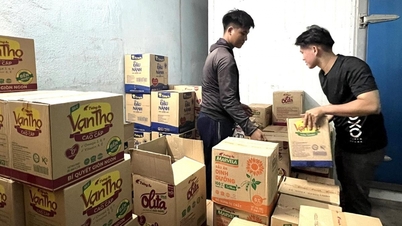

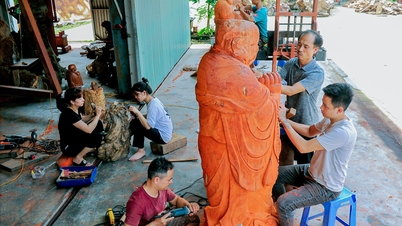

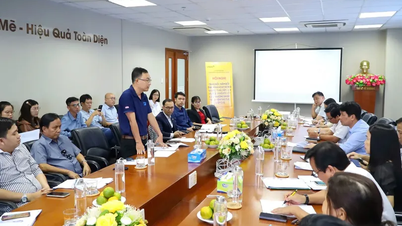



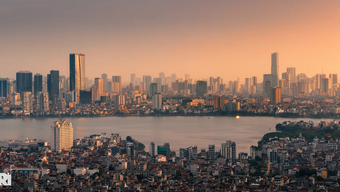


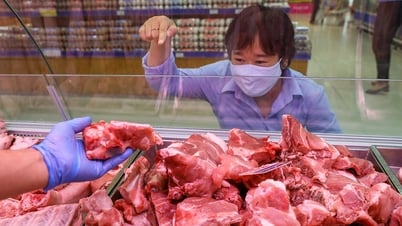



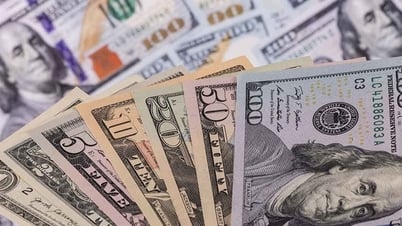
![[Photo] General Secretary attends the parade to celebrate the 80th anniversary of the founding of the Korean Workers' Party](https://vphoto.vietnam.vn/thumb/1200x675/vietnam/resource/IMAGE/2025/10/11/1760150039564_vna-potal-tong-bi-thu-du-le-duyet-binh-ky-niem-80-nam-thanh-lap-dang-lao-dong-trieu-tien-8331994-jpg.webp)

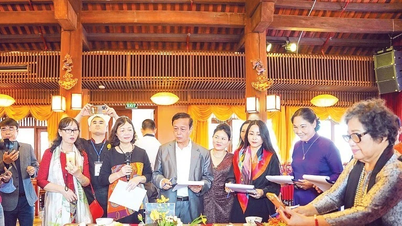

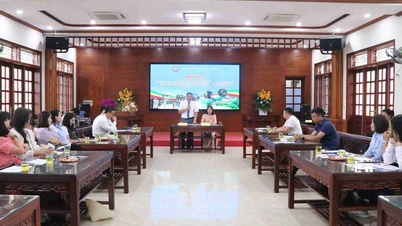

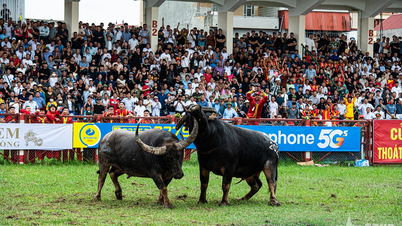

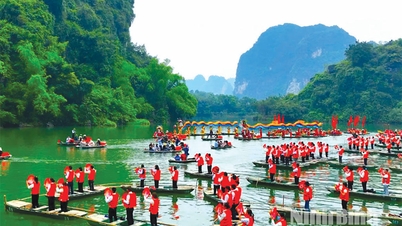



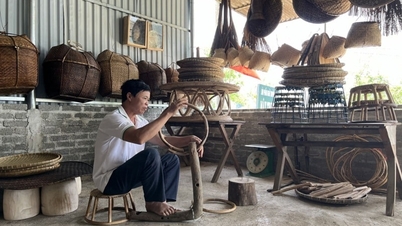

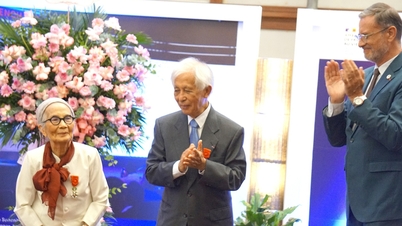

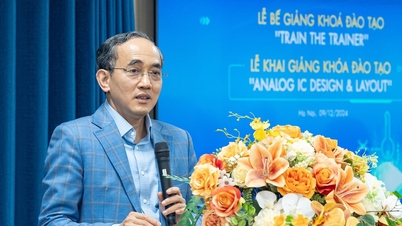







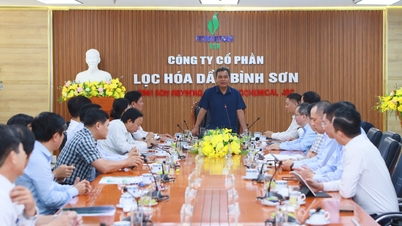

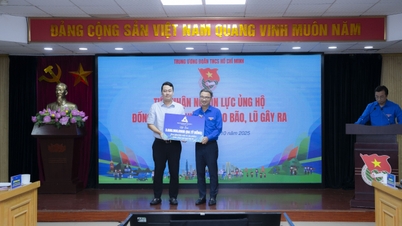







![[Photo] General Secretary attends the 80th Anniversary of the Traditional Day of the Armed Forces of Military Region 4](https://vphoto.vietnam.vn/thumb/402x226/vietnam/resource/IMAGE/2025/10/12/1760265970415_image.jpeg)


































Comment (0)